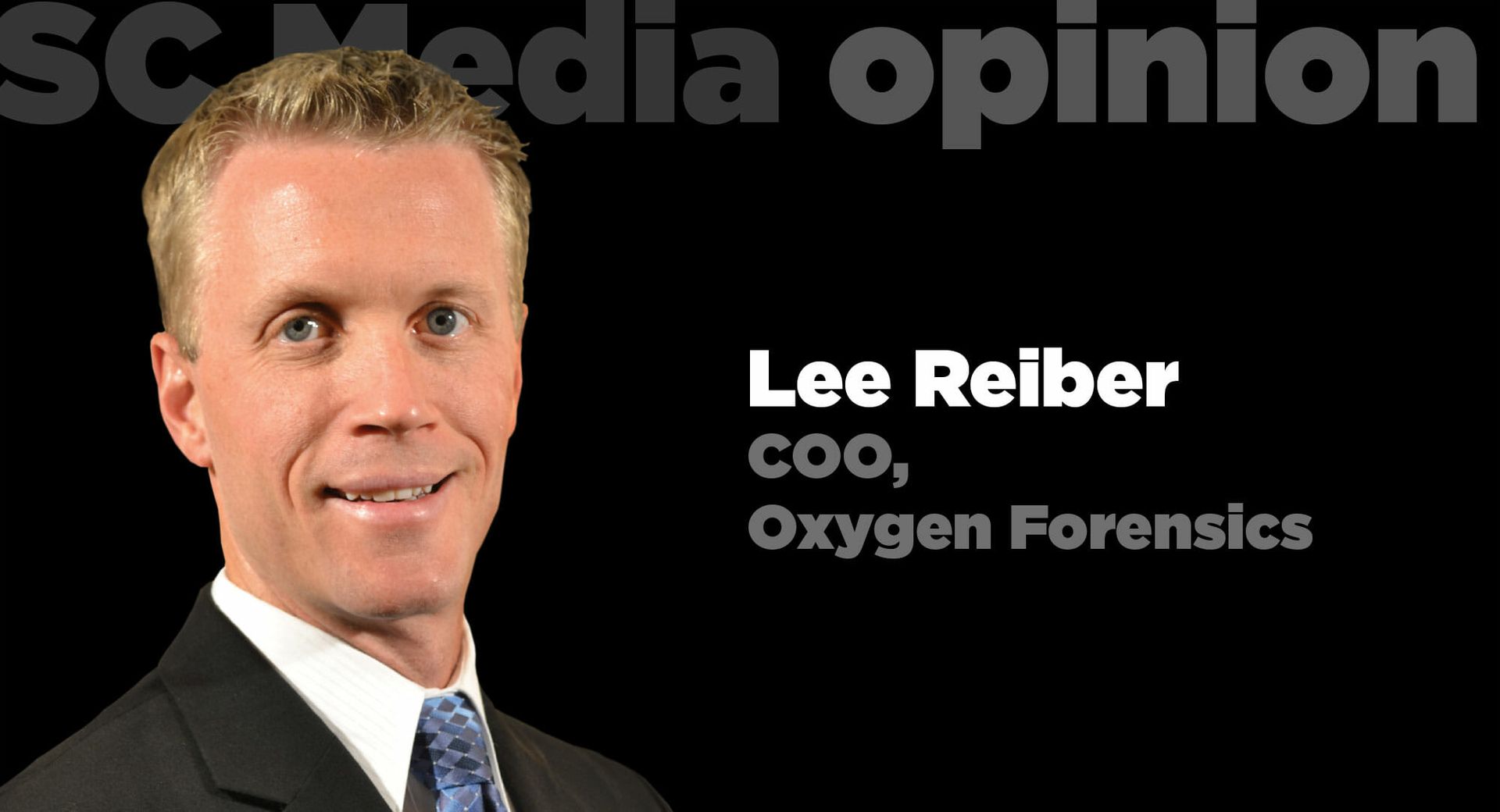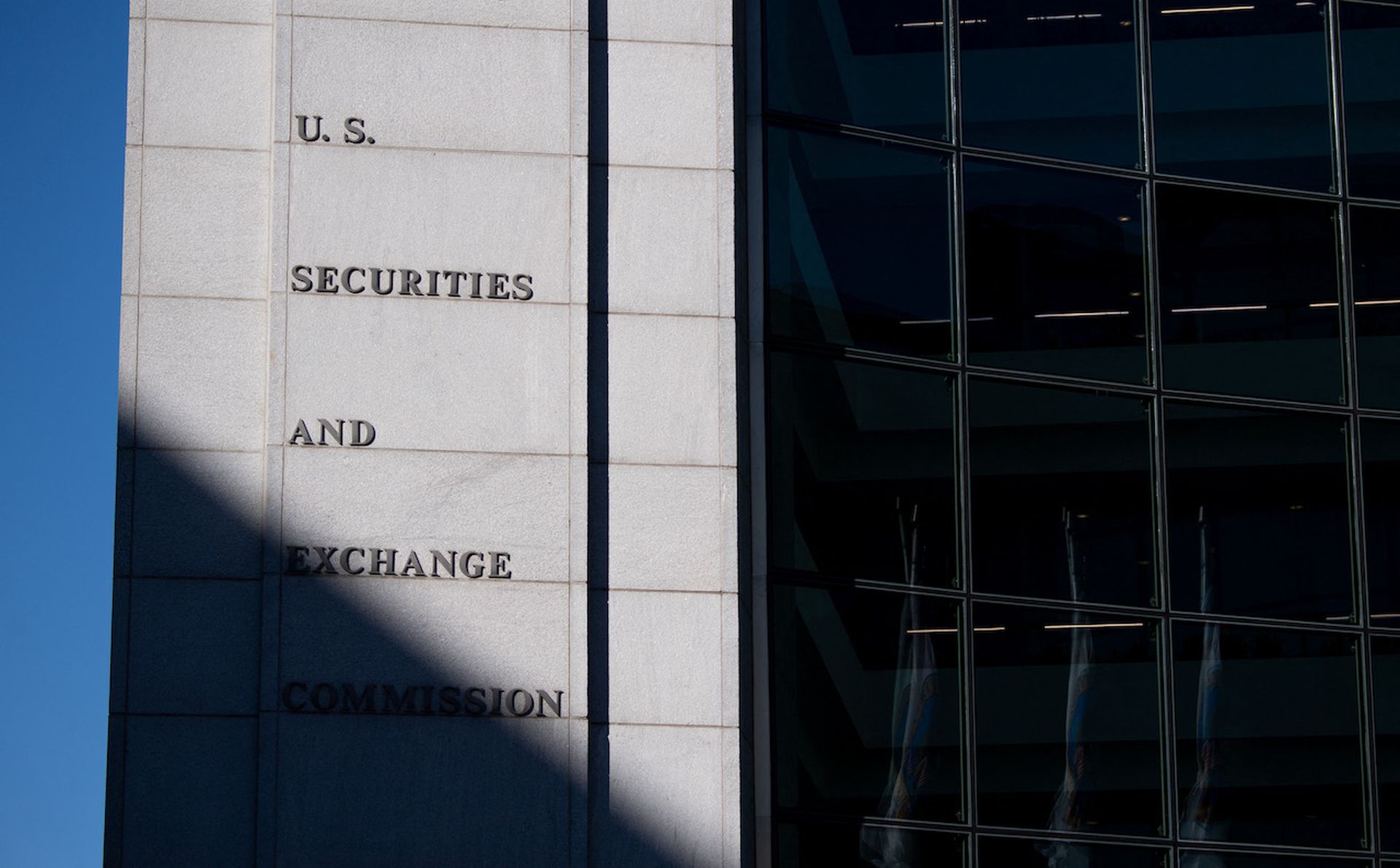As a rule, new technologies usually become more popular when they become more advanced, but not so for facial recognition. The technology is both more effective than ever, and also facing a growing backlash from consumers, activists, and lawmakers at the state and federal levels. Concerns about facial recognition are understandable, but they’re often expressed with no small measure of hypocrisy. That’s because, statistically speaking, there is almost certainly a tremendous overlap between those who fight to ban the technology today, and the hundreds of millions of smartphone and social media users who enjoy using facial recognition technology in their day-to-day lives.

Every time we unlock our phones with little more than a glance, every time Facebook sends us a delightful, auto-generated video highlighting our years-long relationships with friends and family, we’re endorsing the use of facial recognition technology. Unfortunately, there’s no taking the good without the bad. As long as tech companies continue to use facial recognition technology for lighthearted, non-threatening purposes, it’s more than likely that some entity will use those same capabilities for nefarious purposes as well.
The history of technology has shown us time and time again that you simply cannot put the genie back in the bottle. And when it comes to facial recognition, we should not ignore the many potential benefits it may provide to law enforcement and other security organizations. If the technology exists, then it can and will be abused. Rather than enact meaningless “bans” that will likely do nothing to impede the abuse of facial recognition technology, it’s time that we confront the evolving definition of privacy in our digital age, and devise new systems to ensure that such abuse is rare, difficult, and costly.
A Very Real Threat
Activists who oppose the use of facial recognition technology have good reasons to do so. The fact is, the proliferation of facial recognition technology does reduce our privacy. It does reduce our ability to move through the world anonymously.
Despite recent advances, facial recognition technology also remains very much in its infancy. The technology still has the potential to produce false positives, and the nature of the criminal databases it relies on for use in law enforcement makes algorithmic bias a serious concern. (For example, because racial minorities are statistically more likely to be arrested, racial minorities are also more likely to be a near match to someone in any given database of police mugshots.)
However, all technologies have the potential to be abused. Simply banning facial recognition technology invites us to continue ignoring the many ways in which it has already impinged upon our right to privacy and anonymity. Worse—banning the technology deprives us of the opportunity to build meaningful regulations, incentives, and punishments governing its misuse. And it’s all but inevitable that some misuse will occur, regardless of whether prohibitions are put in place.
Unringing The Bell
Modern history is filled with examples of leaders, industries, and governments who have tried—and failed—to ban the use of new technologies. For everyday consumers, the most familiar example comes from the aviation industry and its long tradition of prohibiting the use of various devices on airplanes—from the radio cassette recorder to the mobile phone. Similarly, the US government has now spent the better part of 30 years attempting to stamp out music, film, and other media piracy through legislation. In both cases, humanity’s propensity for subterfuge and creative rule-breaking has far outstripped organized efforts to curb the use of these technologies.
Of course, facial recognition is a far more serious subject, with far more dire potential ramifications, than the years-long fight over “airplane mode” and music piracy. Yet even when examining the history of technological bans in the context of weightier issues like censorship and government surveillance, the fact remains that technology bans simply do not work. Contemporary global politics offers many examples of governments that actively work to prevent their citizens from accessing specific parts of the internet, or using particular devices. But from China to North Korea, there are always counterexamples of citizens finding a way around those prohibitions.
Even when governments place self-imposed technology bans on themselves, they fail to uphold them. For example, one could argue that the 4th Amendment of the U.S. constitution has “banned” the use of technology for warrantless spying for over 230 years. However, that hasn’t prevented a century of illegal US government mass surveillance programs—from the FBI’s cold war-era COINTELPRO domestic intelligence program to the NSA’s ongoing PRISM internet surveillance initiative.
The Battle For Privacy
Those who fear that facial recognition technology will forever change our definition of privacy and possibly erase the very concept of anonymity simply haven’t been paying close enough attention. Those changes have long been underway. For most of us, our participation in a society powered by digital technology and networked communications means that we will never have access to the sort of privacy that was more widely available just two or three decades ago.
Every day, we allow our phones to track our movements, upload tagged photos of ourselves to social media platforms, and send our credit card numbers and other financial information zipping around insecure e-commerce platforms. We ignore these invisible privacy threats, yet latch on to facial recognition precisely because it is so deeply intertwined with our own visibility, and thus makes us feel especially vulnerable.
However, embracing facial recognition technology today could facilitate much-needed conversations about the state of privacy in our rapidly evolving digital landscape. The time is long overdue for our society to create a new framework of human rights concerning privacy in the digital era. Concerns around facial recognition may be just the impetus we need to do so.
Embracing The Good
Until that conversation takes place, it’s worth taking a moment to consider facial recognition technology in terms of its enormous potential for good. While the technology is far from being advanced enough to provide admissible evidence, it has given law enforcement officials powerful new investigative tools for beginning their searches and narrowing down suspects. In fact, facial recognition technology recently facilitated the apprehension of a violent murder suspect in China.
Ultimately, the benefits of facial recognition technology may be well worth the risks. Then again, perhaps the technology is so ripe for misuse that it should be stripped from even our smartphones and social platforms—restricted to all but the most senior law enforcement officials. Either way, the sweeping, premature prohibitions being proposed today could prevent us from ever finding out for sure. And in the end, it will be much better to engage with these questions head on, rather than sweep them under the rug.
Lee Reiber, COO of Oxygen Forensics


